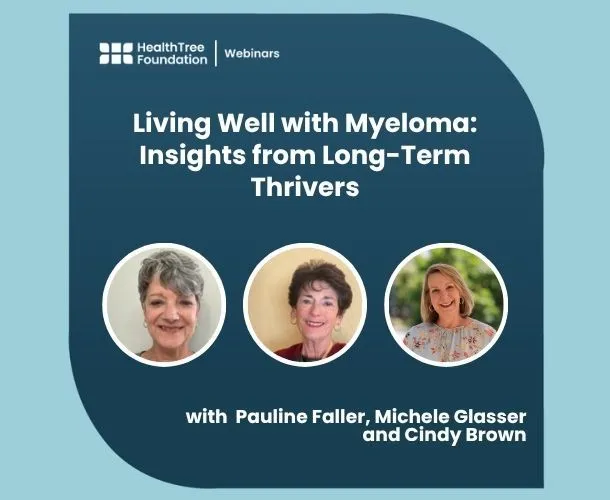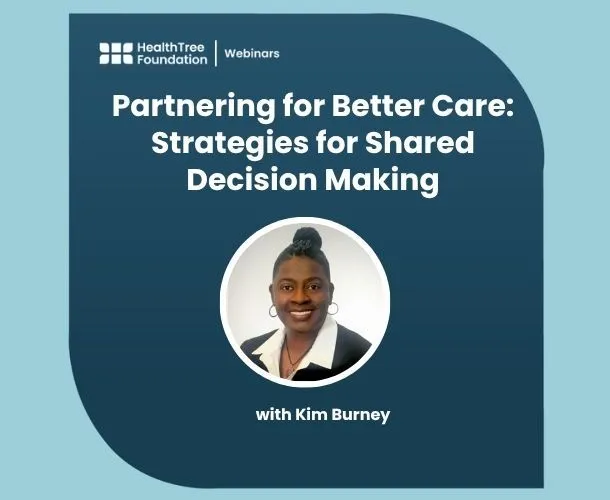Financial Coach: Understanding Medicare And When To Shop Around For Best Coverage–Part 1

This is part one in a series of articles to assist you in preparing for Medicare enrollment and health insurance review. This article will be a refresher on Medicare, it’s parts, and types. If you haven’t already done so, make a list of your prescriptions as well as the cost of your visits, co-pays, deductibles, co-insurance, as well as all out of pocket expenses. This is going to help you decide if you are enrolled in the best plan for you or if you need to make some much-needed changes for the 2021 benefit year.
Medicare is a government health insurance program. To be eligible you must be 65 years old, have collected SSDI Insurance for more than 24 months, or have been diagnosed with end-stage kidney disease or ALS.
Medicare Parts:
- Part A: Hospital care, skilled nursing facilities, nursing homes, hospice, and home health.
- Part B: Medical Insurance: outpatient: preventive care, labs, mental health care, ambulances, and durable health equipment
- Part D: Prescription drug coverage through Medicare-approved private insurance companies.
- Part C: Medicare Advantage Plans. Usually an alternative to original Medicare Part A and B and includes benefits and services covered under Parts A and B and usually Part D. These Plans are offered through Medicare-approved private companies. If you buy a Part C Plan you cannot buy a Medigap plan.
Medicare Plan Types:
- Fee-for Service (FFS): The health care provider is paid a fee for each service provided. You can go to any provider and you pay a portion of your care and the insurer pays the rest. (Part A and B).
- Managed Care: Healthcare provider is contracted with health insurance company to be a part of their network. When you go to a provider, that in-network provider is paid an agreed upon contracted rate for services provided. This allowed amount will determine your final cost. You typically pay a portion depending on your plan. (Parts C and D).
Medicare Managed Plans:
- HMO’s Health Maintenance Organizations: You have to start with your primary care provider, and need a referral out to a specialist except in the event of an emergency. They usually have smaller networks.
- PMO’s Preferred Network Providers: You do not need to start with your primary care provider. Generally, more expensive than HMO’s.
Supplemental (Medigap Plans)
Medigap or Supplemental Plans help pay for out-of-pocket costs such as co-pays, deductibles and coinsurance and other expenses original Medicare does not cover. If you buy a Part C plan you cannot buy a Medigap or supplemental plan. If you currently have Part C and Plan F you can keep it. All plans are uniform per insurer which means all plans of same Plan letter must offer the same basic benefits.
You can buy Medigap policies from any licensed insurance company in your state. Prices will vary between insurance companies.
Plan F is no longer open for enrollment. Though very popular because of its coverage it may not necessarily be the best supplemental plan for you in relation to cost or coverage depending on your specific needs. That’s why reviewing your cost and needs now will allow you to choose the plan which best suits you. If you already have a supplemental Plan, (Medigap), you can change to another one mid-year without having to wait for the open enrollment period.
The next article in this series will focus on considerations for choosing a Medicare plan and or supplemental plan and the associated cost.
Diahanna is a Financial Coach with the Myeloma Coach program. You can find and connect with her here.
find or become a myeloma coach
This is part one in a series of articles to assist you in preparing for Medicare enrollment and health insurance review. This article will be a refresher on Medicare, it’s parts, and types. If you haven’t already done so, make a list of your prescriptions as well as the cost of your visits, co-pays, deductibles, co-insurance, as well as all out of pocket expenses. This is going to help you decide if you are enrolled in the best plan for you or if you need to make some much-needed changes for the 2021 benefit year.
Medicare is a government health insurance program. To be eligible you must be 65 years old, have collected SSDI Insurance for more than 24 months, or have been diagnosed with end-stage kidney disease or ALS.
Medicare Parts:
- Part A: Hospital care, skilled nursing facilities, nursing homes, hospice, and home health.
- Part B: Medical Insurance: outpatient: preventive care, labs, mental health care, ambulances, and durable health equipment
- Part D: Prescription drug coverage through Medicare-approved private insurance companies.
- Part C: Medicare Advantage Plans. Usually an alternative to original Medicare Part A and B and includes benefits and services covered under Parts A and B and usually Part D. These Plans are offered through Medicare-approved private companies. If you buy a Part C Plan you cannot buy a Medigap plan.
Medicare Plan Types:
- Fee-for Service (FFS): The health care provider is paid a fee for each service provided. You can go to any provider and you pay a portion of your care and the insurer pays the rest. (Part A and B).
- Managed Care: Healthcare provider is contracted with health insurance company to be a part of their network. When you go to a provider, that in-network provider is paid an agreed upon contracted rate for services provided. This allowed amount will determine your final cost. You typically pay a portion depending on your plan. (Parts C and D).
Medicare Managed Plans:
- HMO’s Health Maintenance Organizations: You have to start with your primary care provider, and need a referral out to a specialist except in the event of an emergency. They usually have smaller networks.
- PMO’s Preferred Network Providers: You do not need to start with your primary care provider. Generally, more expensive than HMO’s.
Supplemental (Medigap Plans)
Medigap or Supplemental Plans help pay for out-of-pocket costs such as co-pays, deductibles and coinsurance and other expenses original Medicare does not cover. If you buy a Part C plan you cannot buy a Medigap or supplemental plan. If you currently have Part C and Plan F you can keep it. All plans are uniform per insurer which means all plans of same Plan letter must offer the same basic benefits.
You can buy Medigap policies from any licensed insurance company in your state. Prices will vary between insurance companies.
Plan F is no longer open for enrollment. Though very popular because of its coverage it may not necessarily be the best supplemental plan for you in relation to cost or coverage depending on your specific needs. That’s why reviewing your cost and needs now will allow you to choose the plan which best suits you. If you already have a supplemental Plan, (Medigap), you can change to another one mid-year without having to wait for the open enrollment period.
The next article in this series will focus on considerations for choosing a Medicare plan and or supplemental plan and the associated cost.
Diahanna is a Financial Coach with the Myeloma Coach program. You can find and connect with her here.
find or become a myeloma coach

about the author
Diahanna Vallentine
Diahanna is the Financial Program Manager for the HealthTree Foundation, specializing in financial help for multiple myeloma and AML patients. As a professional financial consultant and former caregiver of her husband who was diagnosed with multiple myeloma, Diahanna perfectly understands the financial issues facing myeloma patients.
More on Navigating Your Health
Trending Articles




Get the Latest Multiple Myeloma Updates, Delivered to You.
By subscribing to the HealthTree newsletter, you'll receive the latest research, treatment updates, and expert insights to help you navigate your health.
Together we care.
Together we cure.
3x Faster.













